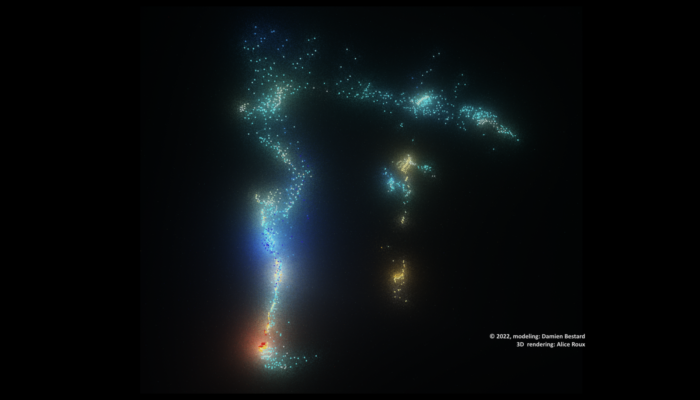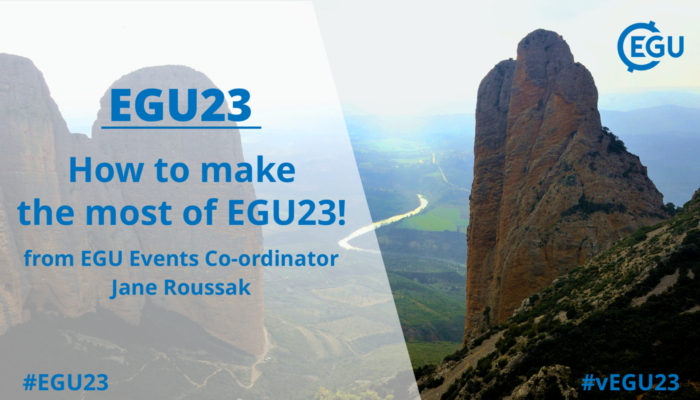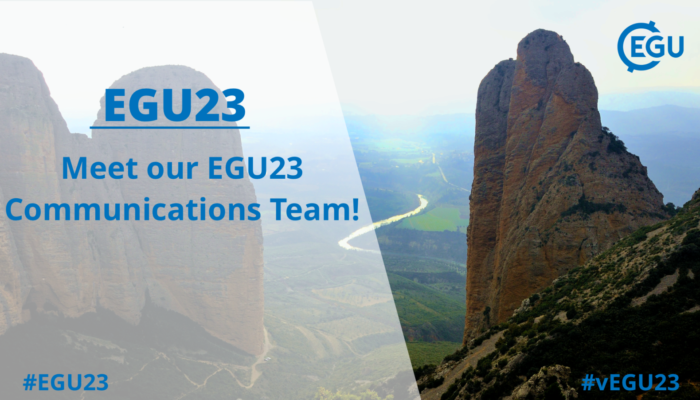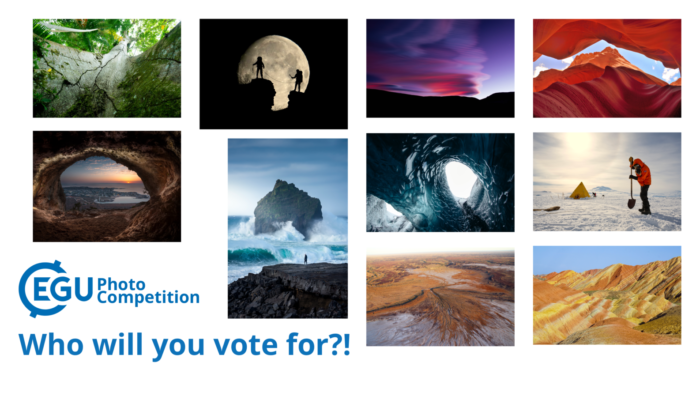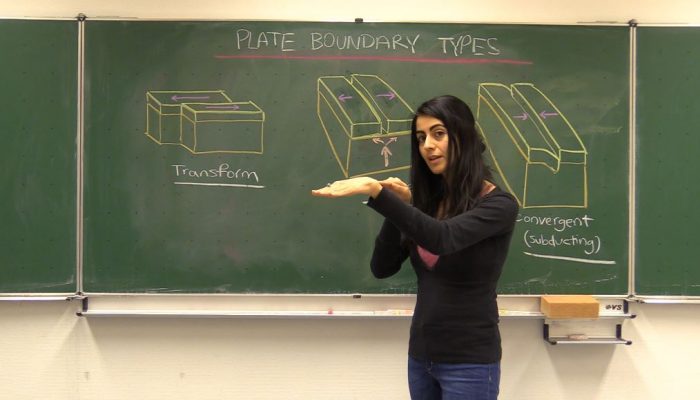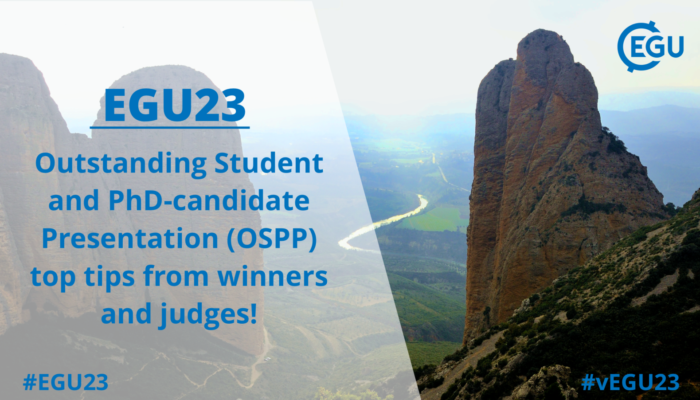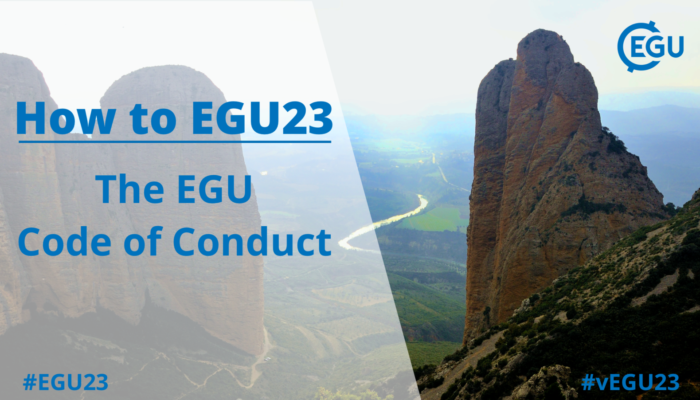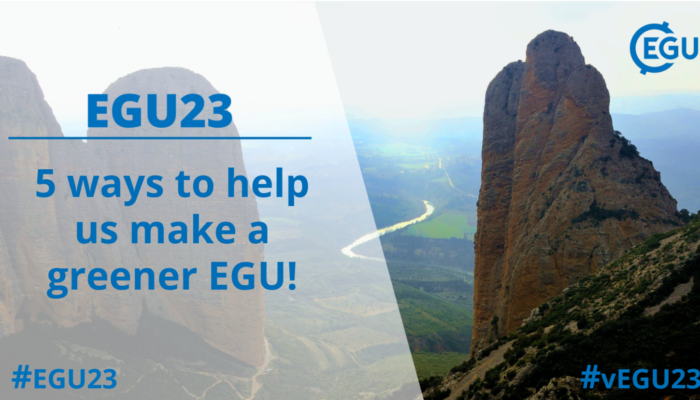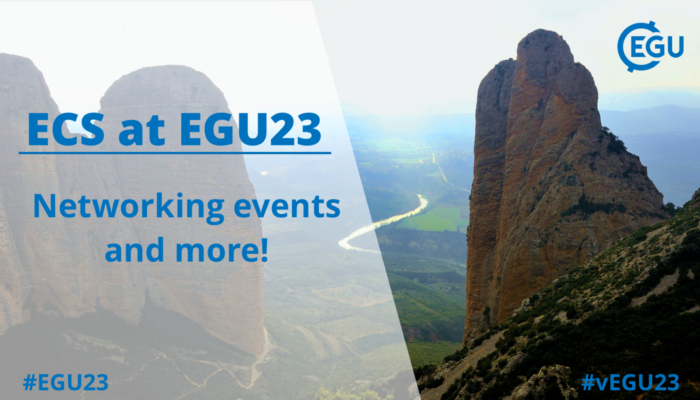Until recently, scientists assumed lightning had a homogeneous distribution of energy inside its channel. But researchers like Damien Bestard, a PhD student with the Sorbonne Université have found that the composition of each bolt is quite variable. Bestard presented his findings at the European Geosciences Union General Assembly EGU23 on Monday (April 24). As part of his research, Bestard measure ...[Read More]
GeoLog
How to make the most of EGU23: from EGU Events Co-ordinator Jane Roussak
The countdown to EGU23 continues and we are now only DAYS away from the much anticipated conference week. With an event of such size and scale, it’s no surprise that some people – particularly first time attendees – may find it intimidating or confusing to navigate the week. So today I decided to talk to Jane Roussak, EGU Events Co-Ordinator to ask her for some last minute tips ...[Read More]
Seismology
“State of the ECS”: There we are again – EGU 23!
Hello everyone, Matthew here signing off on my last State of the ECS. I’ve had a great time working with the rest of the Seismology Division ECS team over the last few years and I am immensely thankful to all the contributors who have provided their seismological expertise and literary wit to create a wide variety of blogs. All the best to the new team taking over the blog series, you’ ...[Read More]
GeoLog
Meet our EGU23 Communications Team!
Everything you see and hear about EGU’s upcoming General Assembly EGU23 is carefully created, designed and posted by our talented communications team! That’s right, this team – our fabulous four if you will – works diligently behind the scenes to manage our social media, blogging and the press conferences. These interns and volunteers are going to be assisting EGU Media and ...[Read More]
GeoLog
EGU23 Photo Competition finalists – who will you vote for?
This year’s Photo Competition judging panel did a fantastic job of narrowing down the outstanding photo submissions to the EGU’s Photo Competition to just 10 finalists! The finalist photos are listed below and on the Imaggeo website where you can vote for them from Sunday 23 April until Thursday, 27 April 2023 – voting closes at 18:00 CEST. The three photos with the most votes will be ...[Read More]
GeoLog
How to make your geoscience communication publishable: Find out at EGU23
A long time ago, when I walked into the Ministry of Education building in Dushanbe (Tajikistan) to inquire about offering an earthquake education workshop in a public school, I had no research agenda, let alone thinking about publishing it one day. All I wanted was to do something useful: sharing earthquake science with school children. Recognizing the value of geoscience communication, my graduat ...[Read More]
GeoLog
Outstanding Student and PhD-candidate Presentation (OSPP) top tips from winners and judges!
Every year at the General Assembly hundreds of students present their research with a lot of time and effort going into preparing these presentations. With the aim to further improve the overall quality of poster presentations and more importantly, to encourage Early Career Scientists to present their work in the form of a poster, the OSP Awards (as they were formerly known), were born. Since the ...[Read More]
GeoLog
How to EGU23: The EGU Code of Conduct
Can you hear that? That’s the countdown to Europe’s largest geoscience conference – now a little over a week away! EGU’s General Assembly #EGU23 is taking place between 23 and 28 April 2023, both onsite in Vienna and virtually. As we ready our calendars to make the most of the conference week, we’d like to remind our community that EGU is strongly committed to the pri ...[Read More]
GeoLog
Help us make a greener EGU23 in just 5 steps!
For several years, EGU has committed – both in terms of resources and research – to help create a cleaner and greener environment. As our biggest event of the year (EGU23) soon approaches, nearly 14,000 people are expected to travel to Vienna for the week-long conference. An event of this scale can impact the environment any number of ways. The good news? Even the smallest of actions can help miti ...[Read More]
GeoLog
ECS at EGU23: networking events and more!
The EGU23 General Assembly have a plethora of events built for – and by – Early Career Scientists (ECS), from how to navigate Europe’s largest geoscience conference to developing your network and exploring your career choices. Below are some of the big things to look out for: First-time attendee Networking (on-site only) Tue, 25 Apr, 12:45–13:45 (CET) Room 3.29/30 If this is your fir ...[Read More]

